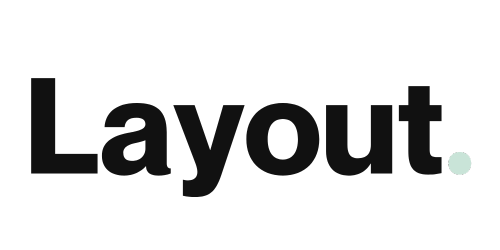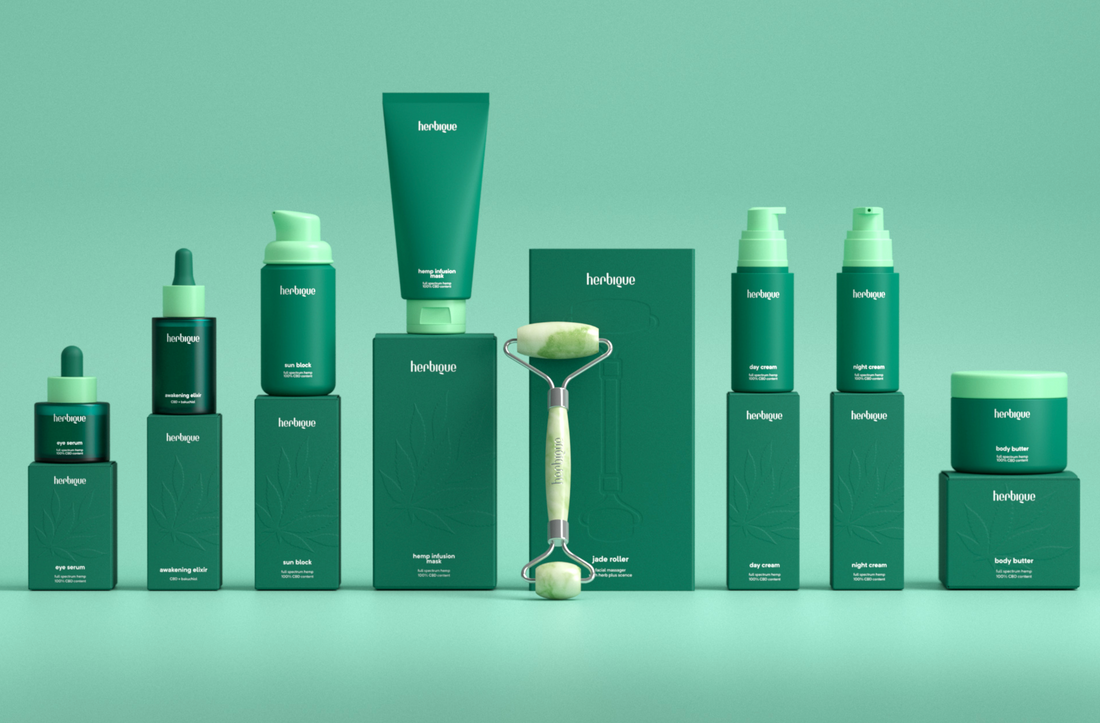Creating a mood board is an essential step in the packaging design process, especially for those venturing into custom packaging solutions. If you’re new to the world of packaging design, don’t worry! This beginner’s guide will walk you through the basics of crafting an inspiring mood board that captures your brand’s essence.
What is a Mood Board?
A mood board is a visual collage that brings together various elements such as colors, textures, images, and typography to convey the overall aesthetic and vibe of your packaging design. It serves as a source of inspiration and a reference point throughout the design process, helping you stay aligned with your brand’s identity.
Why Create a Mood Board?
Creating a mood board for your packaging design offers numerous benefits. This inspiration board helps you clarify your vision, communicate ideas to your team or clients, and ensures that everyone is on the same page. Additionally, it can spark creativity and inspire innovative ideas that enhance your custom printed packaging.
Step 1: Gather Inspiration
Start by collecting images, colors, and materials that resonate with your brand. Platforms like Pinterest or Adobe Mood Board can be great resources for gathering visual inspiration. Look for examples of custom packaging that you admire, and pay attention to the details that catch your eye. Consider the emotions you want your packaging to evoke—this will guide your selections.
Step 2: Define Your Color Palette
Color plays a crucial role in packaging design. Choose a color palette that aligns with your brand’s identity and values. For instance, if your brand focuses on sustainable custom packaging, consider earthy tones and natural hues. Use tools like Adobe Color or Canva Mood Board to experiment with different combinations until you find the perfect fit.
Step 3: Choose Textures and Materials
Incorporating textures and materials into your mood board can help convey the tactile experience of your packaging. Think about how different materials, either cardboard or kraft paper, and print finishes such as Spot UV, Foil, and Embossing, can impact the perception of your brand—are you aiming for a luxurious feel with custom rigid box packaging embellished with gold foil embossing, or a more casual vibe with custom flexible packaging like printed paper carrier bags with Spot UV finish?
Step 4: Include Typography
Typography is another critical element of your mood board. Select fonts that reflect your brand’s personality and are legible on your packaging. Consider how the typography will interact with your logo and other design elements. For instance, a bold font may work well for a vibrant brand, while a sleek typeface might suit a more sophisticated image.
Step 5: Assemble Your Mood Board
Once you’ve gathered all your elements, it’s time to assemble your mood board. You can create a physical board using cut-outs and samples or a digital mood board using tools like Canva or Adobe. Arrange your elements in a way that feels cohesive and visually appealing. Don't forget to label each element, especially if you plan to share it with others.
Step 6: Review and Refine
Take a step back and review your mood board. Does it convey the message you want? Is it aligned with your goals for your brand’s custom retail packaging? Don’t hesitate to make adjustments until it feels just right. Remember, this mood board will serve as a guide for your entire design process.
Conclusion
Creating a mood board for your packaging design doesn’t have to be overwhelming. By following these simple steps, you can develop a powerful visual tool that enhances your creative process. At Layout, we’re here to help bring your vision to life. With our flexible packaging design customization options, turning your well-crafted mood board into reality is easier than ever. Let’s work together to create packaging that truly reflects your brand’s identity!

